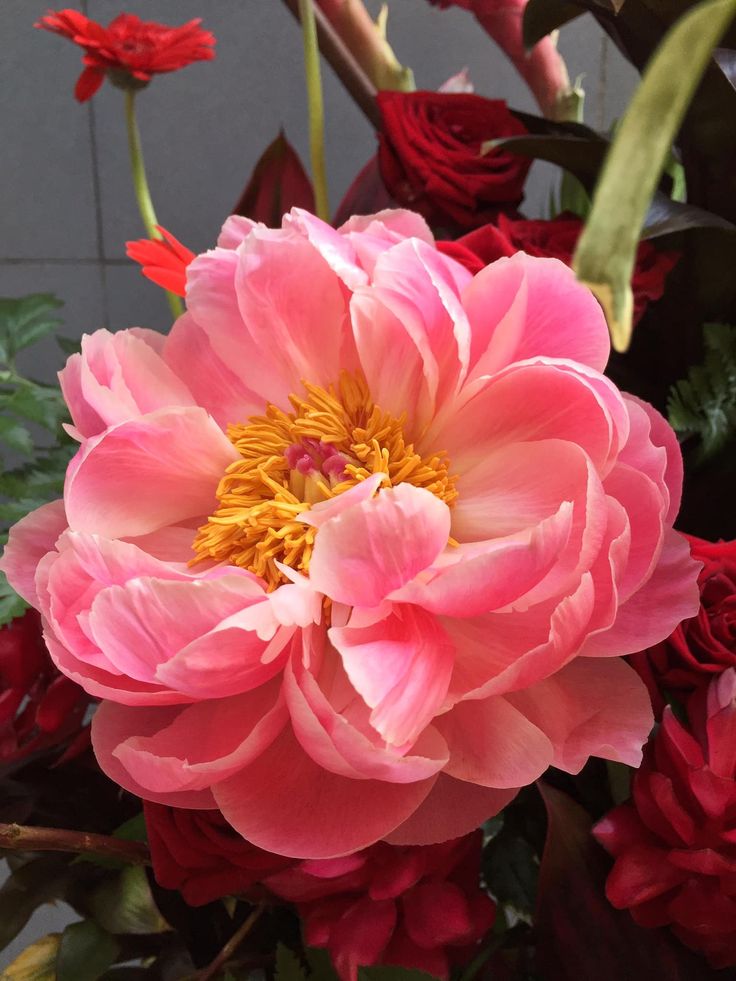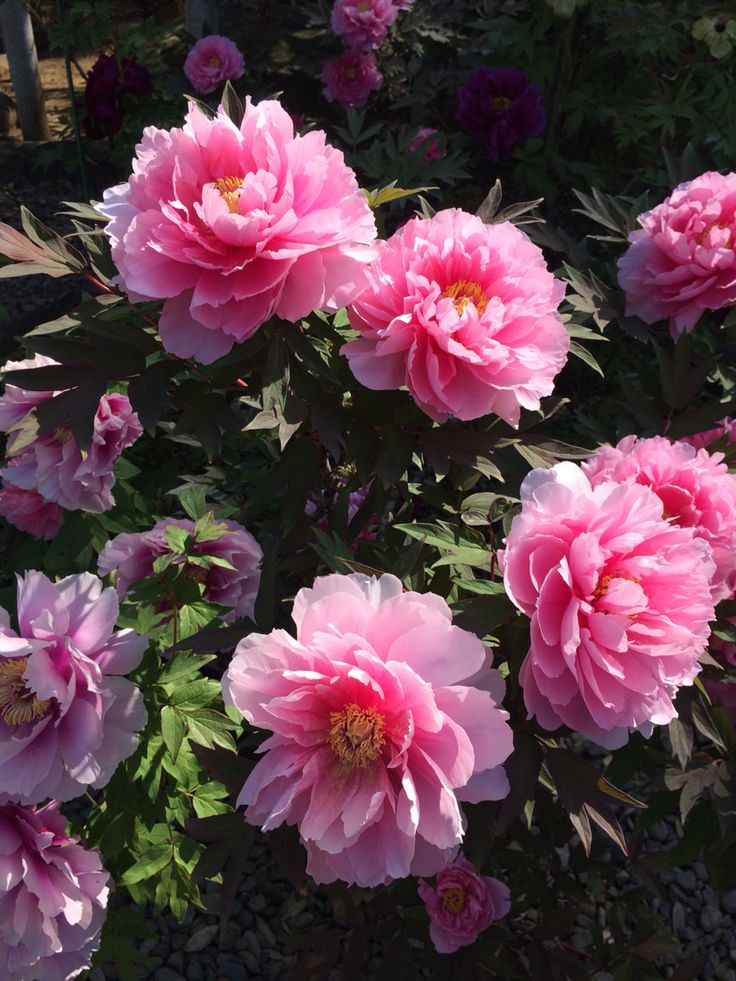Addressing Yellowing Leaves on Peonies: Troubleshooting Tips
Yellowing leaves on peonies can indicate underlying issues affecting plant health and vigor. Identifying the cause of yellowing leaves is crucial for implementing targeted solutions and restoring the vitality of your peony plants. From cultural practices to pest management, addressing the root cause of yellowing leaves requires careful observation and proactive intervention. Here are some troubleshooting tips to help you diagnose and remedy yellowing leaves on peonies.








1. Nutrient Deficiencies
- Nitrogen Deficiency: Yellowing leaves with green veins may indicate a nitrogen deficiency. Nitrogen is essential for healthy leaf growth and overall plant vigor.
- Solution: Apply a balanced fertilizer or organic amendments rich in nitrogen to replenish soil nutrients and promote lush foliage growth. Follow recommended application rates based on soil test results or product instructions.
- Iron Deficiency: Yellowing leaves with green veins turning pale or yellow between veins may signal an iron deficiency, especially in alkaline soils.
- Solution: Apply iron chelate or iron sulfate to the soil around peony plants to correct iron deficiency. Follow recommended application rates and frequency to ensure effective absorption by plants.
2. Watering Issues
- Overwatering: Yellowing leaves accompanied by wilting or waterlogged soil may indicate overwatering, leading to root suffocation and nutrient leaching.
- Solution: Adjust watering practices to ensure proper drainage and avoid waterlogging. Allow the soil to dry out slightly between waterings, especially during rainy periods or in poorly draining soils.
- Underwatering: Yellowing leaves with crispy or dry edges may result from underwatering, leading to drought stress and impaired nutrient uptake.
- Solution: Water peonies deeply and thoroughly during dry periods, ensuring the soil remains consistently moist but not waterlogged. Mulch around peony plants to conserve soil moisture and regulate temperature.
3. Soil pH Imbalance
- Alkaline Soil: Peonies prefer slightly acidic to neutral soil pH (6.5-7.0). Yellowing leaves with green veins may indicate alkaline soil conditions, which can hinder nutrient uptake.
- Solution: Test soil pH using a soil testing kit and amend acidic organic matter such as compost, pine needles, or elemental sulfur to lower soil pH gradually. Incorporate organic matter into the soil to improve soil structure and enhance nutrient availability.
4. Pest and Disease Pressure
- Fungal Diseases: Yellowing leaves with dark spots or lesions may indicate fungal diseases such as botrytis blight or leaf spot.
- Solution: Prune and dispose of infected plant parts promptly, and improve air circulation around peony plants to reduce humidity. Apply organic fungicides or neem oil to control fungal diseases and prevent their spread.
- Pest Infestation: Yellowing leaves with distorted growth or stippling may result from pest infestations such as aphids, spider mites, or thrips.
- Solution: Inspect peony plants regularly for signs of pests and apply insecticidal soap or neem oil to control infestations. Encourage natural predators such as ladybugs and lacewings to help manage pest populations.
Conclusion
Troubleshooting yellowing leaves on peonies involves identifying the underlying cause and implementing targeted solutions to restore plant health and vitality. Whether addressing nutrient deficiencies, watering issues, soil pH imbalance, or pest and disease pressure, proactive intervention is key to supporting the growth and blooming of your peony plants. By implementing proper cultural practices and timely interventions, you can ensure vibrant foliage and abundant blooms in your peony garden.
FAQs (Frequently Asked Questions)
- Can I prune yellowing leaves from my peonies?
- Yes, you can prune yellowing leaves from peonies to improve airflow and reduce disease spread. Use clean, sharp pruning shears to remove affected leaves, and dispose of them in the trash or compost pile. Avoid leaving diseased plant material on the ground, as it can harbor pathogens.
- How often should I inspect my peonies for signs of yellowing leaves?
- It’s recommended to inspect peonies for signs of yellowing leaves regularly, especially during the growing season and after periods of rain or humidity. Early detection of issues allows for prompt intervention and better outcomes for plant health and vitality.